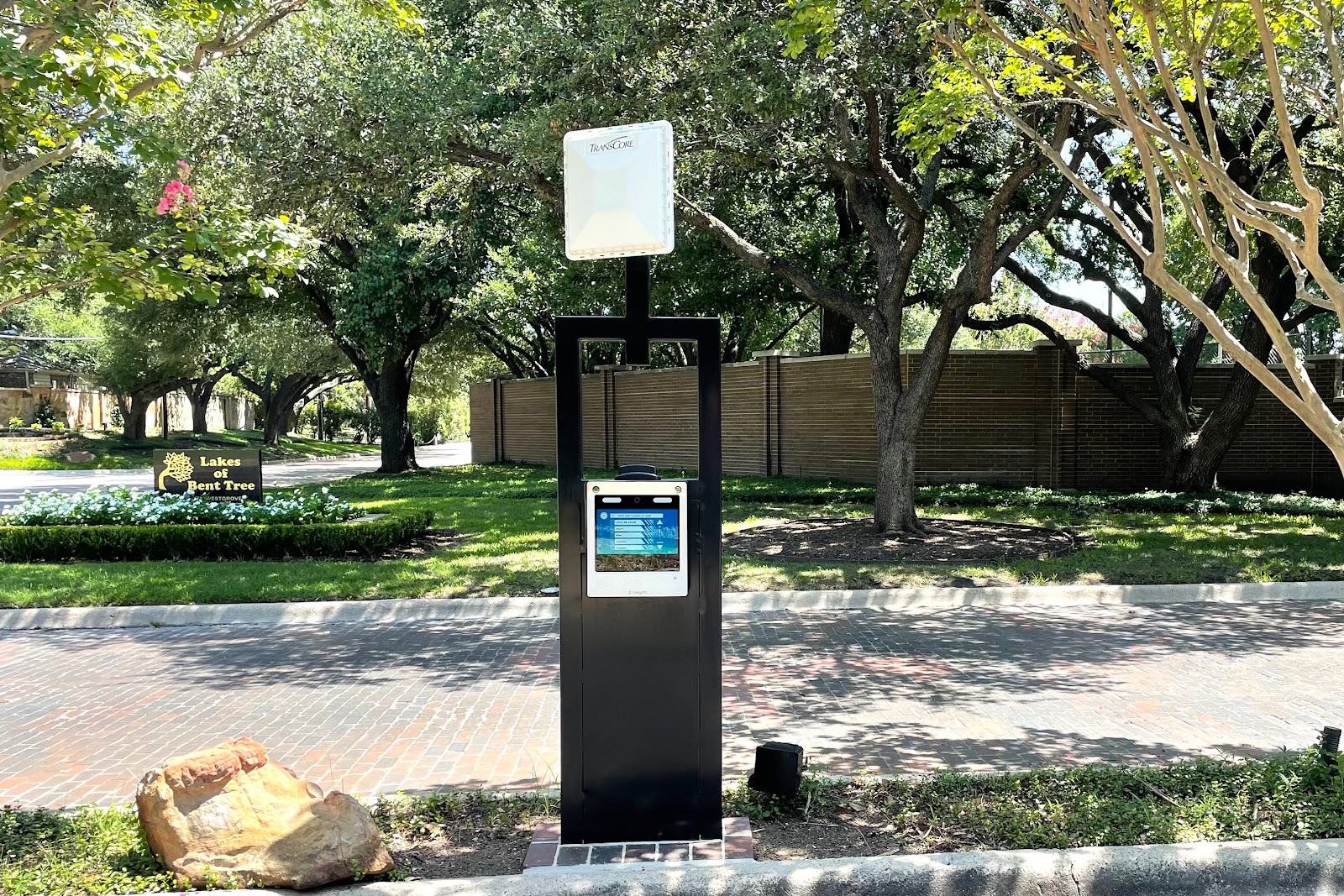A struggling lake #2

The LBT Association and Bent Tree Country Club have reached a tentative agreement to work together to manage the 6th hole pond in 2021 - 2022.
It is agreed by all involved - LBT owners, club members, club management, LBT board, club board, - that the condition of the 6th hole pond was intolerable from June to August this year. All articles on this topic are located here.
Long term plan: According to the dredging company, the pond has 3-6 ft of biological material sitting on the pond bottom that is growing each year and increasingly shallowing the pond - in some areas to to less than 1 foot. As the ponds becomes shallower each year, it increases the propagation of bushy pond weed and algae as the pond bottom is warmer, gets more oxygen, and more sunlight. Since 2014 the club has talked to LBT about dredging the shallow areas but it is a significant expense and the club has had higher priorities (i.e. building a new club house). It is believed that the Bent Tree Country Club board is closer to approving a dredging plan than it has been in the past and its possible this dredging could happen in the next 1-3 years. Dredging is necessary and the club will eventually make this investment.
The photo to the left is the water testing that was conducted on September 2nd.
Interim plan: We successfully made the case that continuing on the current pathway and waiting until the pond is dredged was not reasonable for the owners at LBT. An interim plan is needed and this is something we agreed to co-fund. In a meeting with a principal from Magnolia Fisheries/Lonestar Fountains we learned that the key to keeping the pond looking good is a consistent, year around effort that reduces the growing conditions for algae. Waiting until the pond is covered in algae and then trying to spray it away is not a effective. A more robust approach is to consistently and methodically reduce the growing conditions early in the algae annual growth cycle.
Using a systemic aquatic herbicide (SAH). Bushy pond weed supports the growth of algae. SAH will kill all the living bushy pond weed. This needs to be done when the weed comes out of its dormancy in late spring. While the herbicide kills all of the living weed, it does not kill the seeds. Over time, however, consistent treatment will result in a reduction of seed production and increasingly suppress weed growth in the pond.
Dying the water: Coloring the water will limit the amount of sunlight reaching the bottom, thereby reducing the photosynthesis where the algae and bushy pond weed initiate. This will be an ongoing effort as the dye will be diluted to some extent after every major rainstorm and as some dye runs over the dam.
Using a phosphate inhibitor: Phoslock is a chemical that binds to phosphorus, the key ingredient in fertilizer that washes from the golf course into the pond and fertilizes aquatic plant growth. Reducing the phosphorus will reduce aquatic growth. A target phosphorus level can be maintained through the growing season. This will be an ongoing process as the phosphorus increases every time there are significant rains.
Algae herbicide: The above tactics will reduce but not fully eliminate algae. Algae herbicide will used late in the season to manage the algae that is does manage to grow.
Tilapia: Tilapia is an algae eater and can be stocked each year (they die off in the winter). This is an opportunity, but one problem is that bass eat Tilapia and there is a significant bass population in the 6th hole pond. It was suggested that we may want to encourage the local fishermen to not release the bass back into the 6th hole pond after a catch.
Mechanical aeration or surface turbulence: We are still investigating the possibility of devices air and agitation.
Beneficial bacteria: We are still investigating introducing beneficial bacteria to decompose organic matter and deepen the pond.
All of the above tactics are safe for the current wildlife. Unfortunately, the organic options are limited at this stage of the eutrophication of the pond is advanced. Dredging is necessary to re-balance the ecosystem.
Special thanks to Dennis Bellotto, Casey Bergen, Brad and Mary Louise Binning, Major Robert Ponte', Bill and Sheryl Rogers, Laura Samford, Suzanne Scott, and Jeff Steele for their help in this effort.
For more articles on this subject go to {{click here}}.





Comments
Post a Comment
Owner comments and feedback are welcomed and helpful. It is not necessary to create a blogger account - just select "Name/URL" when prompted. Type in name and address. Identifying yourself increases the credibility of the discussion. Unidentified comments are deleted by the spam blocker.